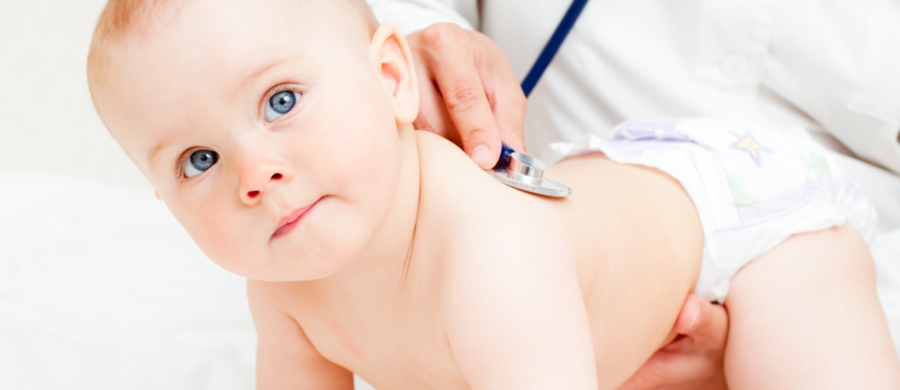Dr. Dobrinka Petrova: To make dreams come true
New Life Invitro Centre helps people with reproductive problems to become parents
Between 15 and 20% of Bulgarians suffer reproductive problems. New Life Invitro Centre helps both women and men to understand the underlying reason, to treat it adequately and to become parents. The manager of the clinic, Dr Dobrinka Petrova, shares more about the challenge to help create new life.
-Reproductive medicine is a huge responsibility. How does the New Life Invitro Centre meet these high expectations?
-We, at New Life, understand that the creation of new life is a crucial moment for everyone. We aim at the highest standards in reproductive medicine in order to provide our patients with the best chances for success.
The clinic is equipped with modern technologies and has an experienced team of professionals who work with care and precision. Our approach towards treatment is personalized, focusing on each patient’s individual needs. Our goal is to offer the most competent and empathic support while at the same time maintaining high ethical standards and safety of the procedures.
-The physician’s professionalism or the top technologies – what is the most important factor for successful results?
-The successful results from reproductive medicine are an exciting harmony between the team’s professionalism and high technologies. We, at New Life, believe that the two components are entwined and equally important for successful results.
The team’s role is crucial for the diagnosis, planning and execution of treatment strategies. The experience and specialisation of physicians and embryologists create the foundation for the individual and personalised approach towards each patient.
The technological innovations and high technologies offer the tools and opportunities that help for the correct diagnosis and effective treatment. The modern methods of artificial fertilizations and molecular diagnosis improve the chances for successful fertilizations.
For 10 years now we have followed the Israeli practice, as these specialists are masters of modern medicine. We are the first, and so far only, clinic in Bulgaria that implemented know-how from Israel and successfully applied it – as evident from our incredibly high results in the field of in vitro treatment and infertility treatment.
-New Life also partners with international experts in reproductive medicine. Tell us more about your partnership with them?
-Our partnerships with foreign experts make a crucial part of our mission to help our patients in achieving their reproductive goals. Our partnerships allow us to exchange experience, to learn from the best practices and to implement the latest innovations in the field of reproductive medicine. This cooperation not only adds to our own knowledge and skills, but also allows us to offer to our patients the most advanced and effective treatment methods.
SOURCE:



















